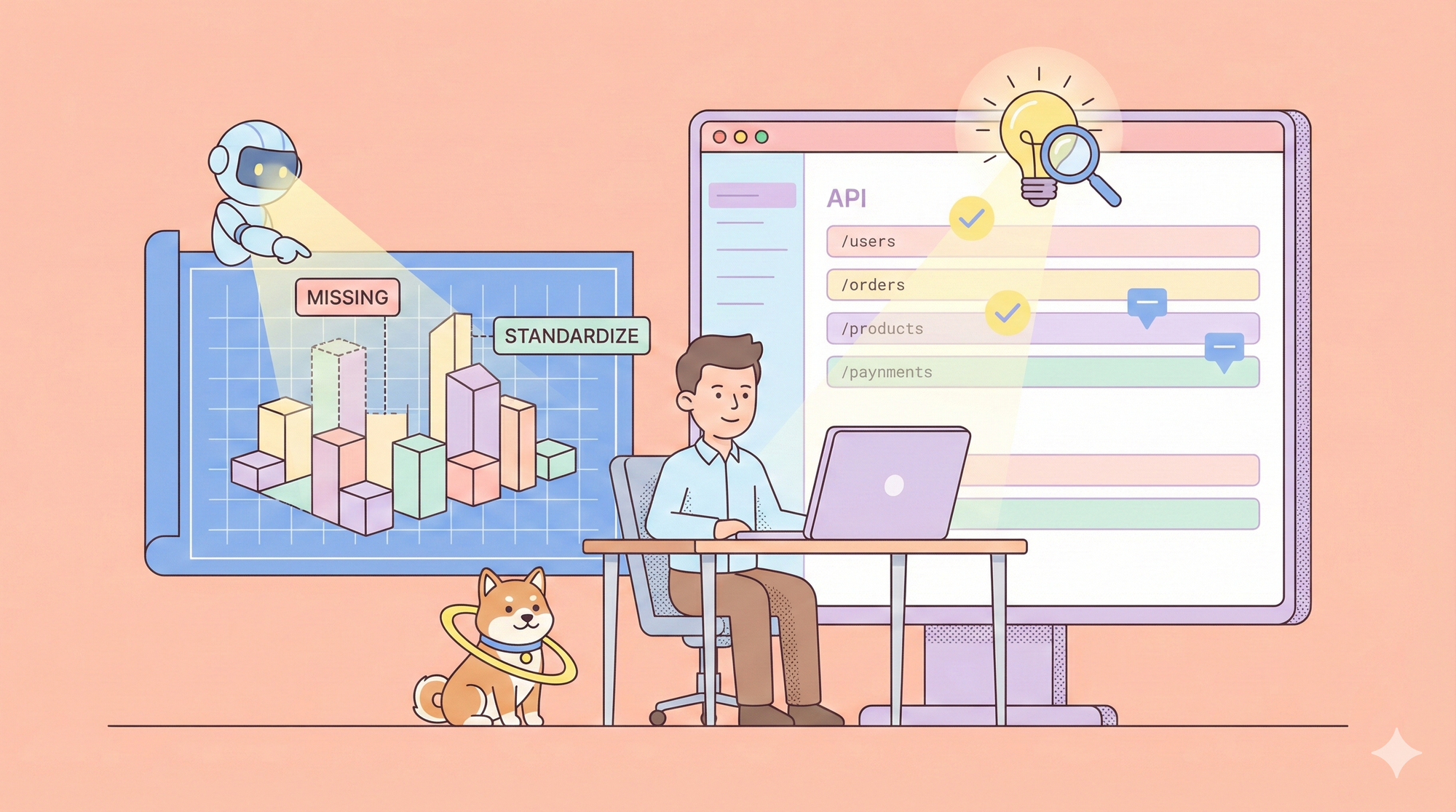If you're a developer or tester who frequently works with APIs, you're likely familiar with Postman - a popular tool used for API testing. But have you ever found yourself stuck trying to pass an array as a parameter in Postman? If so, you're in the right place!
In this post, we'll demystify the process of passing arrays as parameters in Postman requests. We'll start with the basics of what arrays are and why they're important in API testing. Then, we'll walk you through how to pass an array as a parameter in Postman, complete with screenshots and code snippets.
What is Postman
Postman is a popular API client that makes it easy for developers to create, share, test, and document APIs. It’s a powerful tool that can significantly simplify the process of API development.

Why Pass an Array as a Parameter?
Now, you might be wondering, “Why would I need to pass an array as a parameter?” Well, there are many scenarios where you might need to send an array of data to an API endpoint. For example, you might need to update multiple records in a database or send a list of items to a shopping cart API.
Passing an array as a parameter is a common practice in programming and API testing for several reasons:
- Efficiency: Instead of making multiple calls for each individual item, you can make a single call with an array of items. This reduces the load on the server and improves the performance of your application.
- Flexibility: Arrays allow you to handle a variable number of parameters. You can pass as many items as you need in a single call.
- Organization: Arrays help keep your data structured and easy to manage. They are especially useful when dealing with a collection of related data.
- Batch Processing: If the API supports it, you can perform operations on multiple items at once by passing them as an array.
Remember, the ability to pass an array as a parameter depends on the API you’re working with. Always refer to the API documentation to understand how to structure your requests. Happy testing!
How to Pass an Array as a Parameter in Postman
Alright, let’s get to the meat of the matter. Here’s a step-by-step guide on how to pass an array as a parameter in Postman:
Open Postman: Start by opening Postman.

Create a New Request: Click on the ‘+’ button to create a new request.

Enter the API Endpoint: In the request URL field, enter the API endpoint that you want to send the array to.

Select the HTTP Method: Choose the appropriate HTTP method for your request. This will typically be ‘POST’ or ‘PUT’.

Enter the Array Data: In the ‘Body’ tab, select ‘raw’ and ‘JSON’ from the dropdown menu. Then, enter your array data in the text field in JSON format. For example, if you want to send an array of numbers, you would enter something like this: {"numbers": [1, 2, 3, 4, 5]}.

Once you’ve entered all the necessary information, click on the ‘Send’ button to send the request. You’ve just passed an array as a parameter in Postman. It’s as simple as that.
sendRequest in loops to automate complex API tests, but be mindful of potential unexpected behavior.How to Pass an Array as a Parameter in Apidog
Apidog is an integrated collaboration platform for API documentation, API debugging, API mocking, and API automated testing. It combines the functionalities of Postman, Swagger, Mock, and JMeter to tackle the data synchronization problem among different systems using a set of systems and a set of data.

Once the API document is defined, API debugging, data mocking, and API testing can be directly utilized without the need for redefinition. This ensures complete consistency between the API documentation and API development after debugging.
Open Apidog and create a new request

Choose the appropriate HTTP method for your request. This will typically be ‘POST’ or ‘PUT’ then enter the API endpoint that you want to send the array to.

In the ‘Body’ tab, select ‘JSON’. Then, enter your array data in the text field in JSON format.

Apidog is designed to solve the problem of data synchronization across multiple systems. It provides an efficient, timely, and accurate solution. It’s a complete set of tools that connects the entire API lifecycle, helping R&D teams implement best practices for API Design-first development.

Conclusion
And there you have it! We've explored the ins and outs of passing an array as a parameter in both Postman and Apidog. We hope this guide has been helpful in enhancing your API testing skills and understanding.



